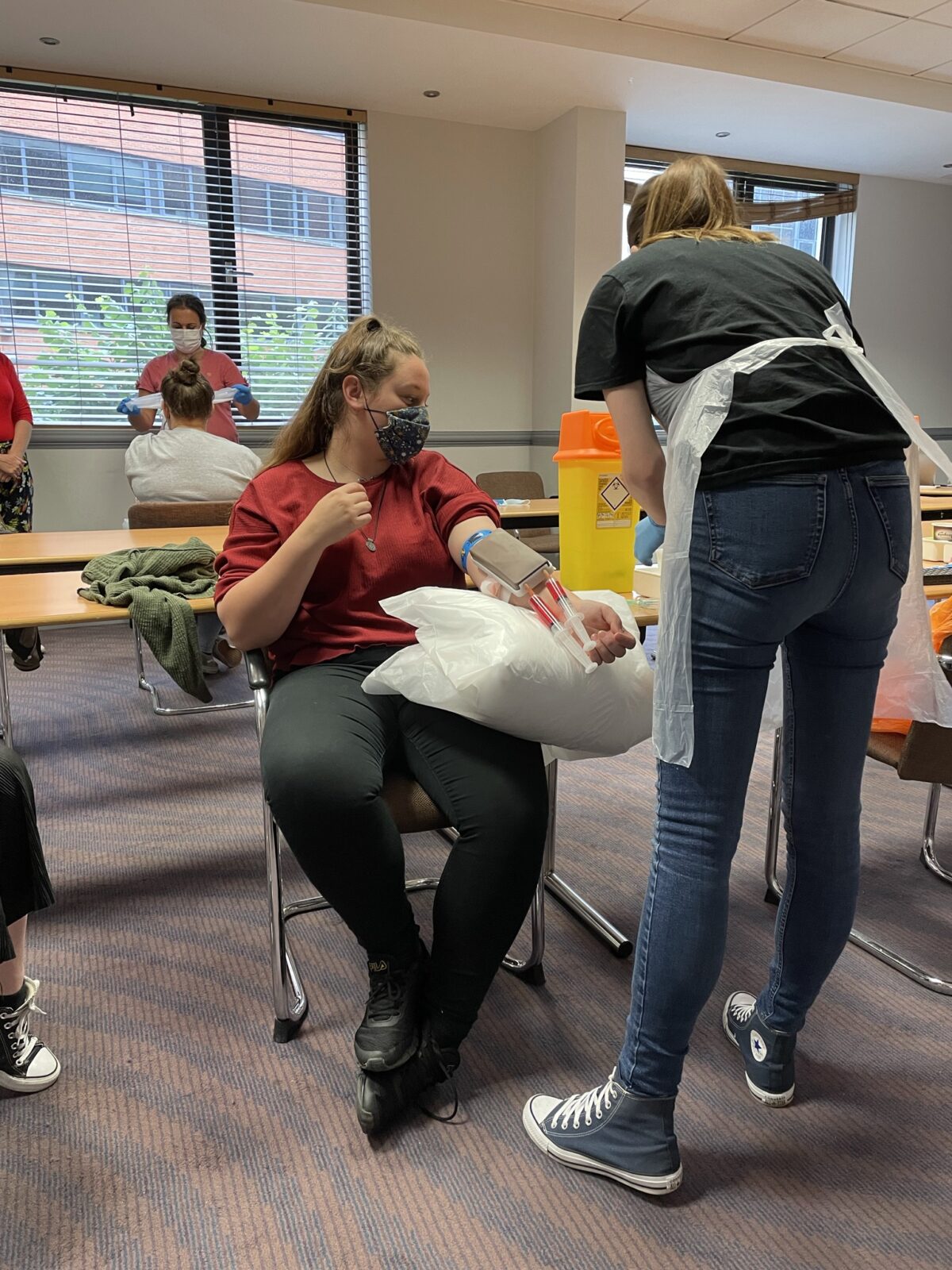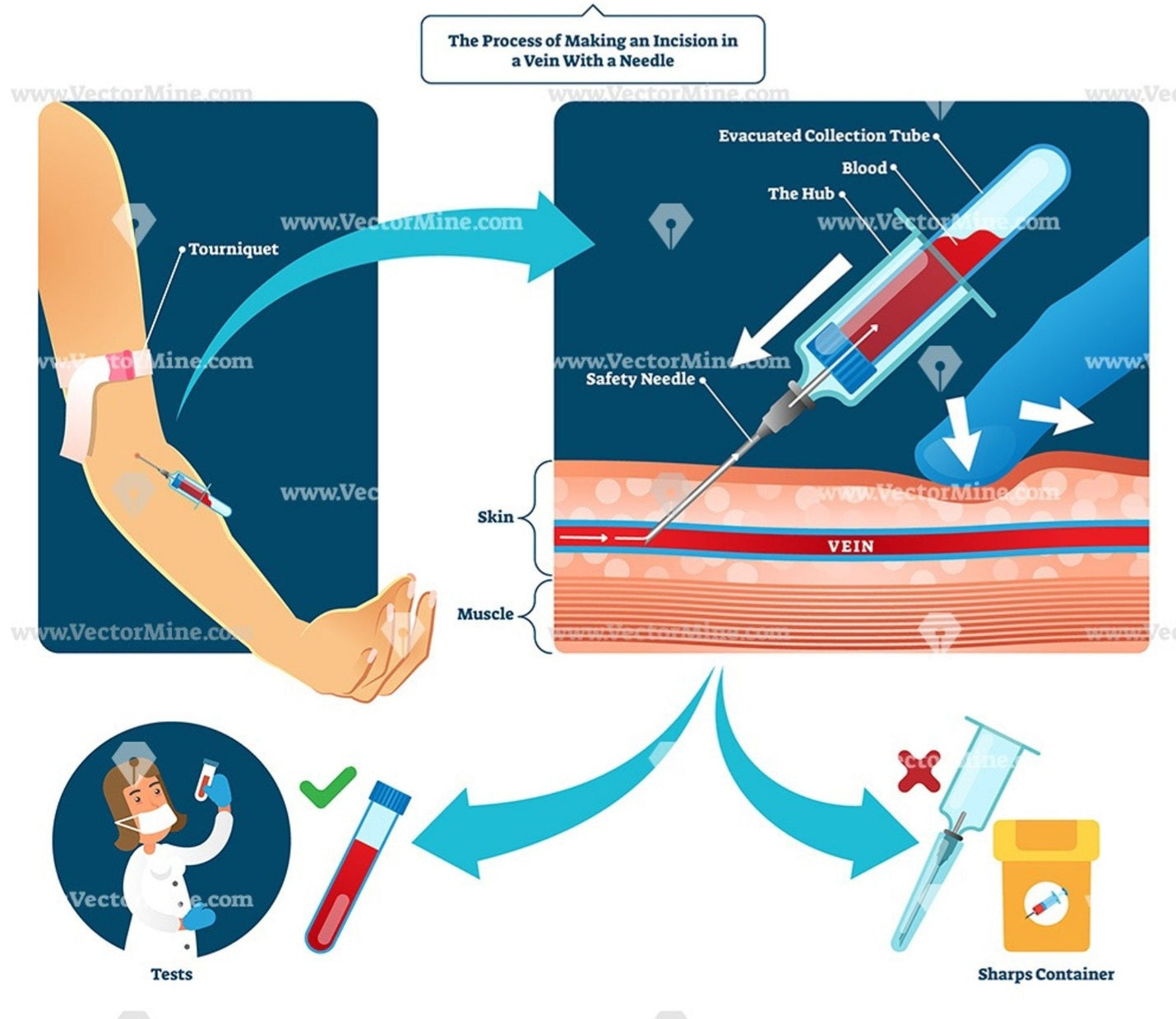Some Of Northeast Medical Institute - New Haven Campus Phlebotomy Course & Cna Class
Some Of Northeast Medical Institute - New Haven Campus Phlebotomy Course & Cna Class
Blog Article
See This Report on Northeast Medical Institute - New Haven Campus Phlebotomy Course & Cna Class
Table of ContentsThe 20-Second Trick For Northeast Medical Institute - New Haven Campus Phlebotomy Course & Cna ClassLittle Known Facts About Northeast Medical Institute - New Haven Campus Phlebotomy Course & Cna Class.What Does Northeast Medical Institute - New Haven Campus Phlebotomy Course & Cna Class Mean?Some Known Details About Northeast Medical Institute - New Haven Campus Phlebotomy Course & Cna Class The Main Principles Of Northeast Medical Institute - New Haven Campus Phlebotomy Course & Cna Class Northeast Medical Institute - New Haven Campus Phlebotomy Course & Cna Class - Truths
The usage of such devices need to be come with by other infection prevention and control techniques, and training in their use.For setups with reduced resources, price is a motoring element in procurement of safety-engineered gadgets - CNA Classes. Where safety-engineered devices are not readily available, knowledgeable use of a needle and syringe is acceptable. Accidental exposure and details information about an incident must be taped in a register. Assistance services must be advertised for those that go through accidental direct exposure.
Among the essential markers of high quality of care in phlebotomy is the involvement and cooperation of the patient; this is mutually valuable to both the wellness employee and the client. Clear info either written or spoken must be offered per client who goes through phlebotomy. Annex F provides example text for discussing the blood-sampling procedure to a client. In the blood-sampling area for an outpatient department or center, offer a comfy reclining sofa with an arm rest.
Some Ideas on Northeast Medical Institute - New Haven Campus Phlebotomy Course & Cna Class You Should Know
Make sure that the indications for blood tasting are plainly defined, either in a composed method or in recorded instructions (e.g. in a laboratory form). In any way times, follow the techniques for infection avoidance and control listed in Table 2.2. Infection avoidance and control techniques. Accumulate all the equipment required for the procedure and area it within safe and very easy reach on a tray or cart, making certain that all the things are clearly noticeable.
Where the patient is grown-up and aware, adhere to the steps laid out below. Present on your own to the individual, and ask the client to specify their full name. Check that the research laboratory type matches the client's identity (i.e. match the client's details with the laboratory kind, to make certain exact identification). Ask whether the license has allergies, phobias or has ever before passed out throughout previous injections or blood attracts.
Make the patient comfortable in a supine placement (if possible). The individual has a right to reject an examination at any kind of time prior to the blood tasting, so it is important to make sure that the client has actually comprehended the procedure - PCT Courses.
The 4-Minute Rule for Northeast Medical Institute - New Haven Campus Phlebotomy Course & Cna Class
Extend the individual's arm and inspect the antecubital fossa or forearm. Find a vein of a good dimension that is noticeable, straight and clear. The diagram in Area 2.3, shows usual placements of the vessels, however many variations are feasible. The typical cubital capillary lies in between muscles and is generally the most easy to penetrate.
DO NOT place the needle where veins are diverting, since this boosts the chance of a haematoma. Situating the vein will help in figuring out the appropriate size of needle.
Specimens from central lines carry a threat of contamination or incorrect lab test outcomes. It is acceptable, yet not perfect, to draw blood specimens when first presenting an in-dwelling venous tool, before linking the cannula to the intravenous liquids.
Northeast Medical Institute - New Haven Campus Phlebotomy Course & Cna Class Things To Know Before You Buy
Failing to enable sufficient call time boosts the risk of contamination. DO NOT touch the cleansed website; in specific, DO NOT place a finger over the capillary to lead the shaft of the exposed needle.
Ask the person to develop a clenched fist so the capillaries are much more article source noticeable. Go into the capillary swiftly at a 30 degree angle or much less, and continue to present the needle along the vein at the most convenient angle of entrance - PCT Classes. As soon as enough blood has been collected, release the tourniquet BEFORE taking out the needle
The Main Principles Of Northeast Medical Institute - New Haven Campus Phlebotomy Course & Cna Class
Withdraw the needle delicately and use gentle stress to the site with a clean gauze or dry cotton-wool sphere. Ask the individual to hold the gauze or cotton wool in position, with the arm expanded and raised. Ask the client NOT to flex the arm, because doing so triggers a haematoma.

A Biased View of Northeast Medical Institute - New Haven Campus Phlebotomy Course & Cna Class
Do not push the syringe plunger because extra pressure enhances the risk of haemolysis. Where feasible, keep the tubes in a shelf and relocate the shelf towards you. Infuse downwards into the appropriate coloured stopper. DO NOT remove the stopper because it will certainly launch the vacuum cleaner. If the example tube does not have a rubber stopper, inject incredibly gradually into television as lessening the stress and velocity made use of to transfer the sampling decreases the threat of haemolysis.

Report this page